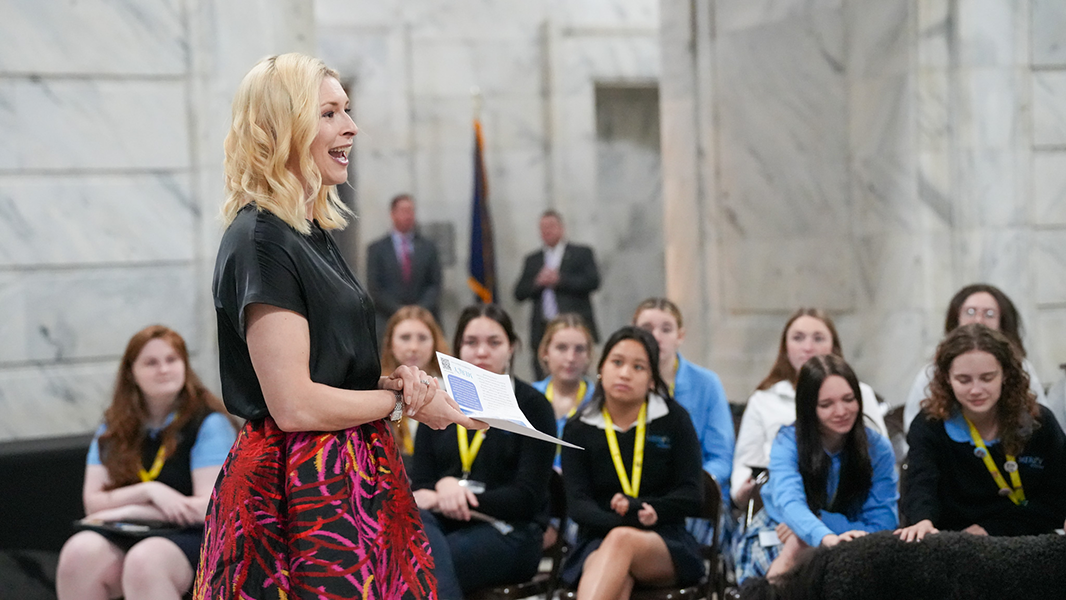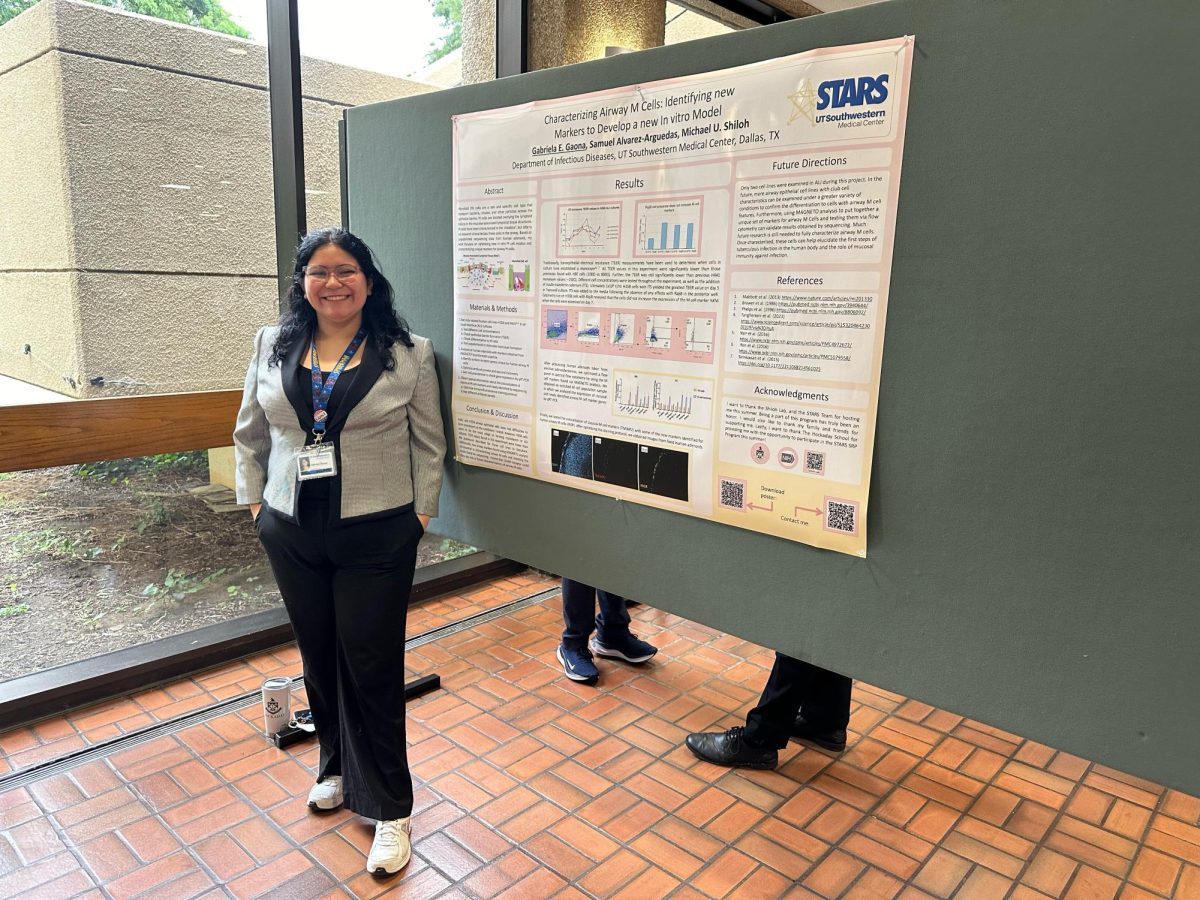With a decrease in the popularity of single-sex universities, women’s colleges face change.
As the years have progressed and women have taken significant steps towards achieving gender equality, the once-high interest in pursuing single-sex education has petered out into a slow decline. An article from U.S. News cited a study revealing that nowadays only three percent of college-bound high school girls even consider including all-women’s colleges on their lists.
Due to financial constraints from a decline in applications, many women’s schools are faced with the decision to either close or convert to co-education.
Director of College Counseling Carol Wasden, a member of the Association of College Counselors, can attribute this shift in applications to women’s belief that a single-sex college education equates to no interaction between the sexes.
“There is this common misconception that there will be no men, even though many men from neighboring universities visit and even take classes on campus,” Wasden said.
But Wasden has noticed there exists a “relatively small number of girls” each year who continue to find the prospect of attending a women’s college appealing, often because of their experiences at Hockaday.
Senior Lily Ramirez, among the few considering attending a women’s college, can see a silver lining to this decline in applications, pleased at its indication that girls now have a larger foothold in the educational world. Nonetheless, she remains a firm believer that “society definitely still needs single-sex schooling.” Having attended all-girls schools since sixth grade, Ramirez sees value in the plentiful opportunities for girls to take charge.
“There are no guys blocking that space,” Ramirez explains. “It makes you think, ‘Why shouldn’t it be me?’”
She can see in herself evidence of confidence and courage that she had once craved in elementary school.
Through her eyes, “if in six years [she’s] changed so much, another four could only be so much better” in terms of personal growth.
While most of the schools Ramirez intends to apply to do not significantly struggle with finances, including but not limited to Mills College, Smith College, Barnard College and Mount Holyoke College, the change in tides in the college applications world has begun to work against other all-women’s universities.
Although it is common for men to partake in everything from academic courses to exchange-student programs to summer programs at women’s schools, the decisions to officially allow men to enroll at Pine Manor College starting in 2013, Wilson College starting in 2014 and Chatham University aimed to start in 2015 were faced with much opposition, peeved alumnae and protests. Sara Grey, an alumna of Chatham University, revealed to CBS Pittsburgh that many fellow alumnae planned to use social media to network with no official ties to the university, having felt excluded and been repeatedly dismissed throughout the decision-making process.
The changing times threaten the once-heralded single-sex environments at women’s universities, meaning they now must choose between adapting, exemplified by Chatham University’s implementation of additional co-educational programs, and facing the possibility of elimination. While some women’s colleges dangle in the balance between remaining single-sex and becoming co-educational, others remain afloat for now, begging the question of what is to come for even the most stable of all-women’s schools.
– Hufsa Husain






